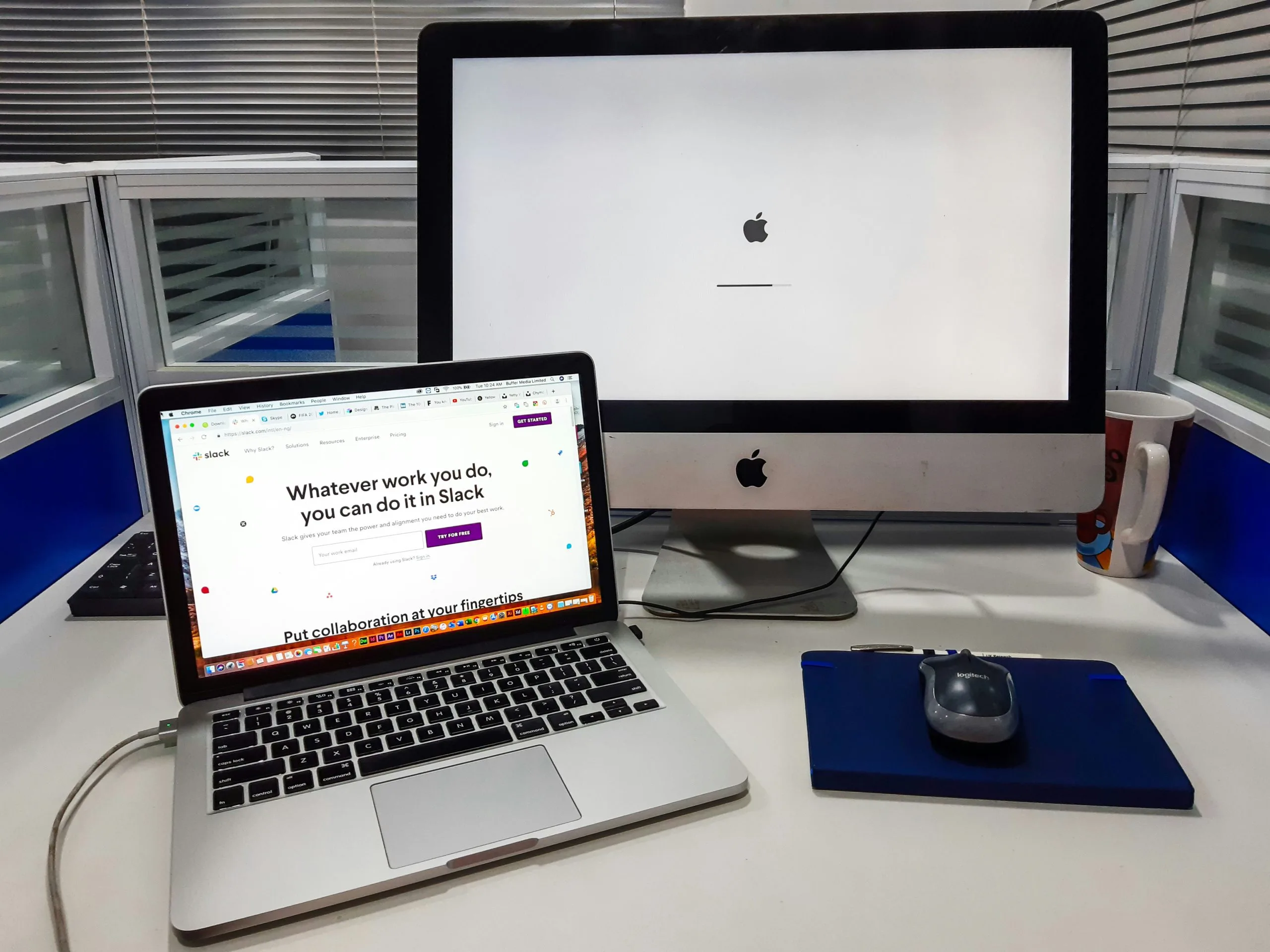Have you ever wondered how a translation makes it onto the printed page? The acronym DTP is industry language for desktop publishing, and it’s the unsung hero of the professional translation world. In this blog post, we explore how to effectively adapt DTP translations without compromising on either style or substance.
What are DTP translation services?
Historically, desktop publishing refers to the preparation of documents using page layout computer software like Adobe PageMaker (hence the term “desktop,” since the technology predates laptops!). Although originally applied to print publishing, the phrase has since expanded to include online content as well. DTP encompasses graphic design, typesetting, and layout elements as well as preparation of the files themselves for optimal printing and sharing.
When it comes to the language industry, DTP professional translations might be translated material for brochures, flyers, product catalogs, packaging materials, labels, annual reports, or print journals, among many other types of translation. Just imagine how difficult it would be to translate and distribute these materials effectively using old-school technology like typewriters or Xerox machines, and you can understand what a boon DTP is to the process.
Challenges of DTP for translations
The language industry has especially high demand for DTP translations, which are a must-have for communicating with a global audience. However—despite the ubiquity of layout software like the Adobe suite—sophisticated DTP translations aren’t easy to produce. In fact, they’re a delicate balancing act between preserving the message of the original text and delivering an aesthetically pleasing product.
Here are a few of the challenges that DTP professional translations involve:
- Graphic layout: Since standard print page sizes vary between different countries, elements such as the use of columns, the margins, or the image placement may need to be revised or completely rethought when translating for a different location.
- Typesetting and fonts: Not all languages run left-to-right on the page! Also, translating a language that uses the Western alphabet into a language that uses characters or a script is sure to impact the font and typesetting choices.
- Varying text lengths: Text expansion is a common issue. When working with English to Spanish translations, for example, the translated text tends to have about 20% more words, which may cause issues with limited page or packaging space. DTP translators work carefully within constraints to account for these changes.
- Brand consistency vs. cultural efficiency: What does a business do if its logo is offensive in another country, or if its brand colors have different implications? The need to maintain a consistent visual brand sometimes clashes with cultural considerations.
Adapting DTP translations
So, what’s the best way to adapt DTP professional translations? The most effective translation services will be equipped to provide visual localization as well as textual localization. In other words, DTP experts will adapt translations by focusing not only on the translation of the text to suit the target audience, but also on translating symbols, colors, visuals, and other non-verbal elements to appeal to (and respect) the cultural norms of local consumers.
Also, don’t forget about one of the most important reasons to use DTP professional translation services: to help stay on schedule and within budget. For example, it’s extremely helpful to work with DTP designers that are in-house in order to minimize the amount of document back-and-forth, which saves time and money. From a logistics perspective, language service providers should also support a wide menu of file formats to ensure a minimum of technical delays.
Photo by Muhammed A. Mustapha on Unsplash

